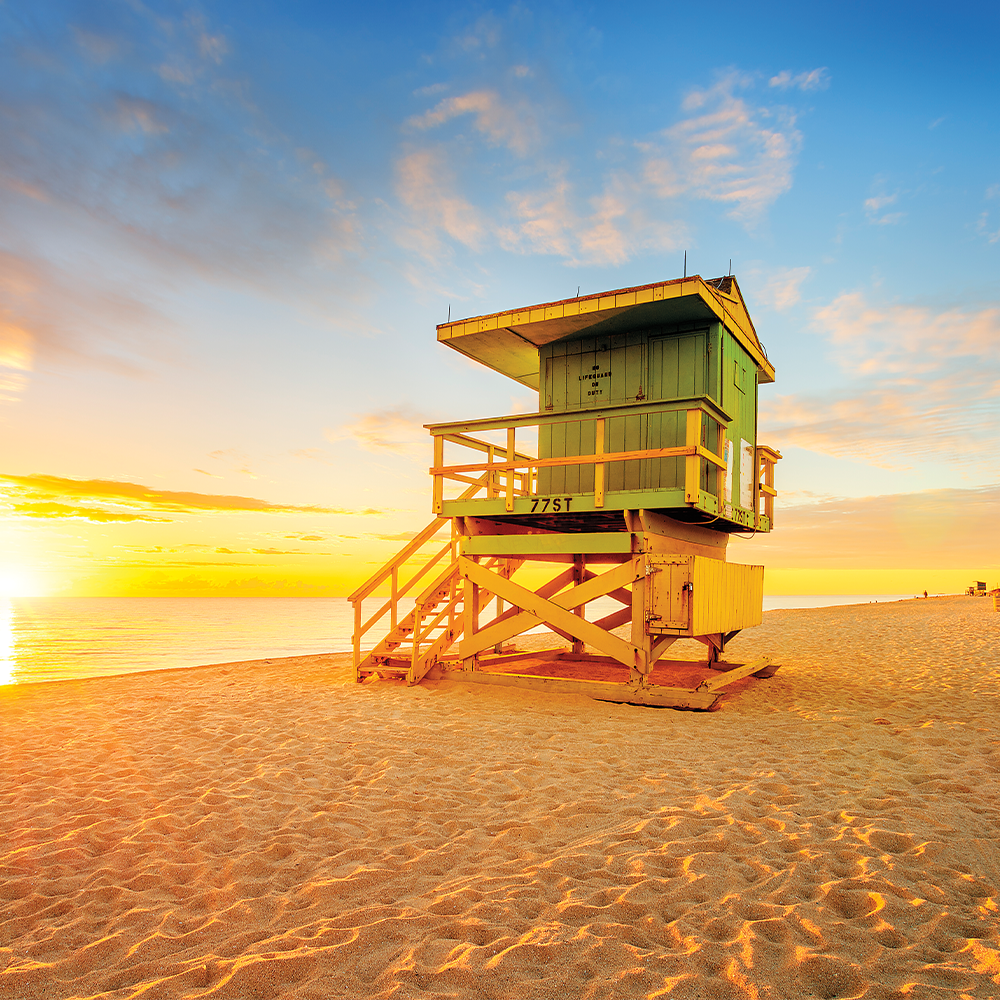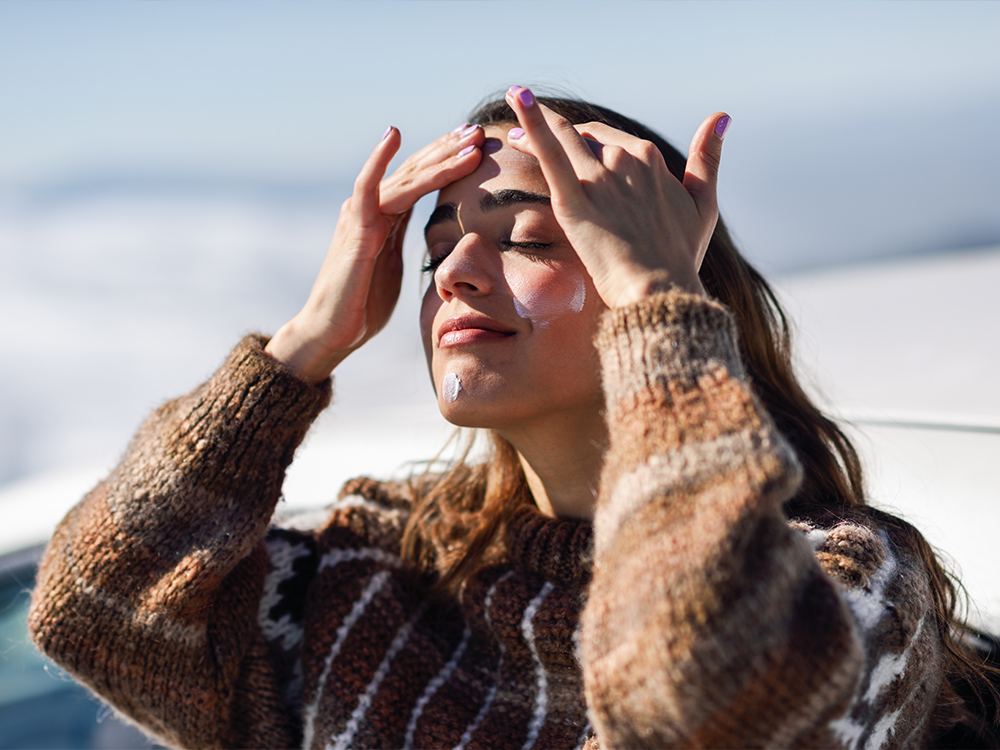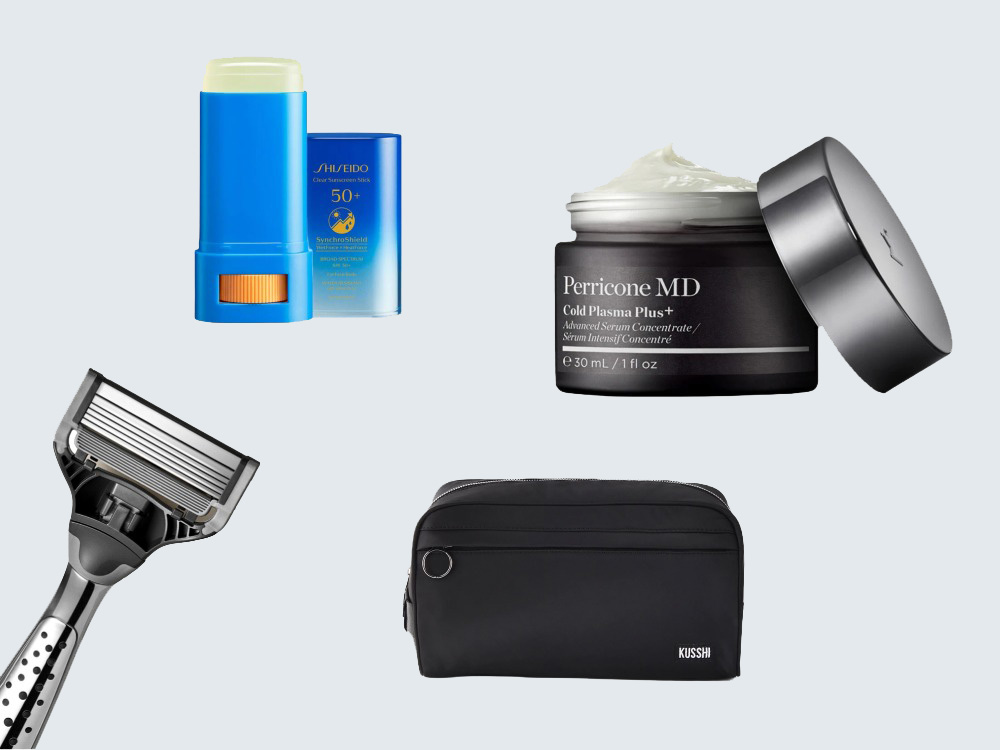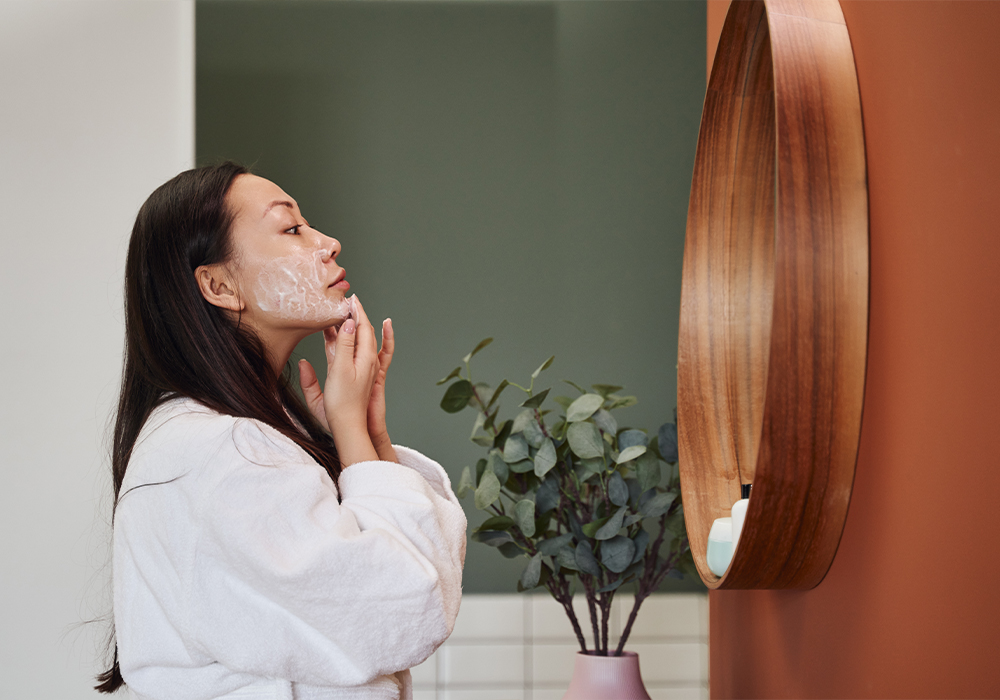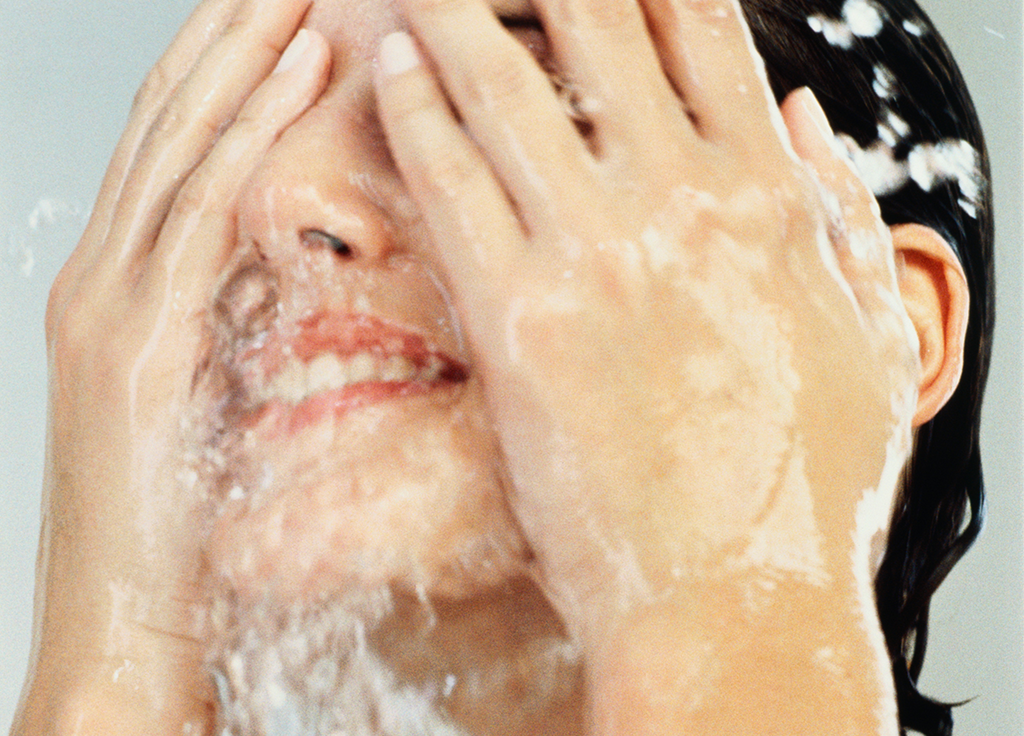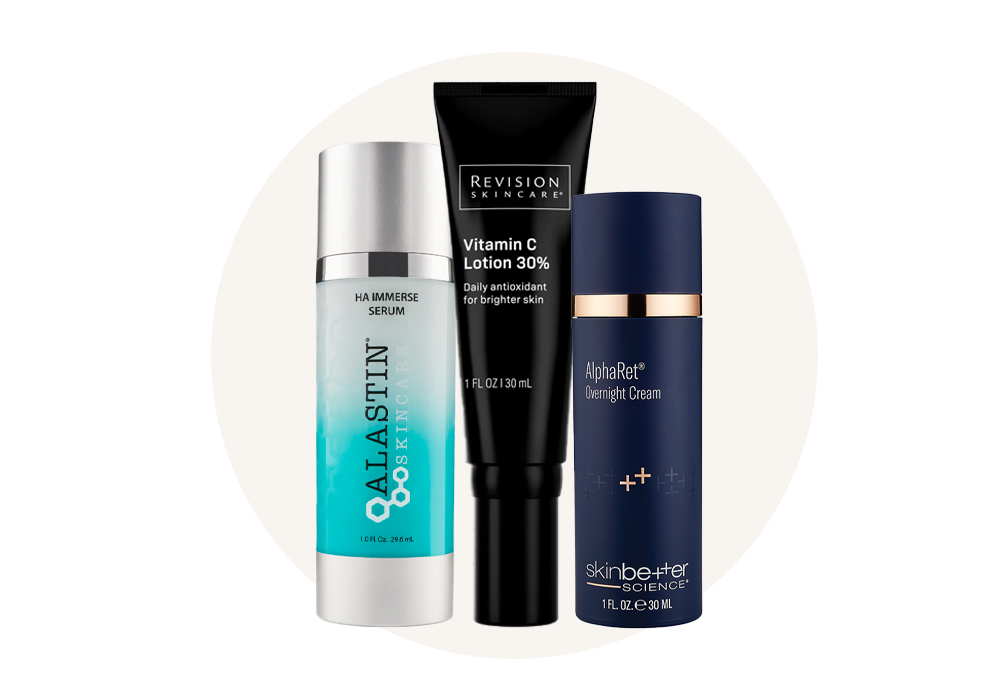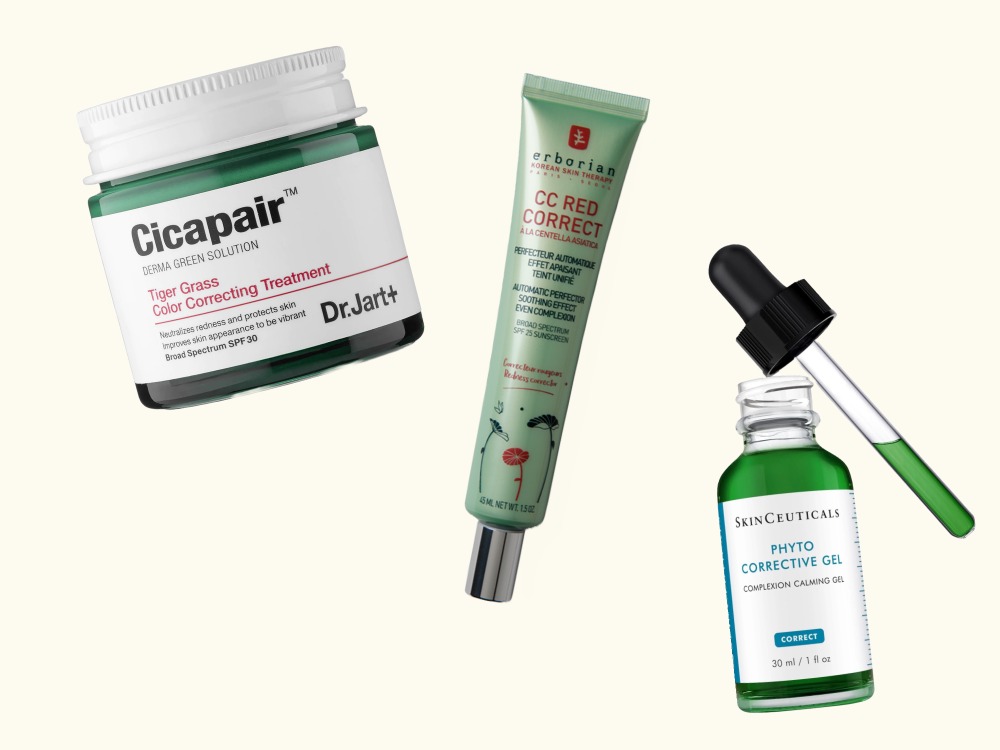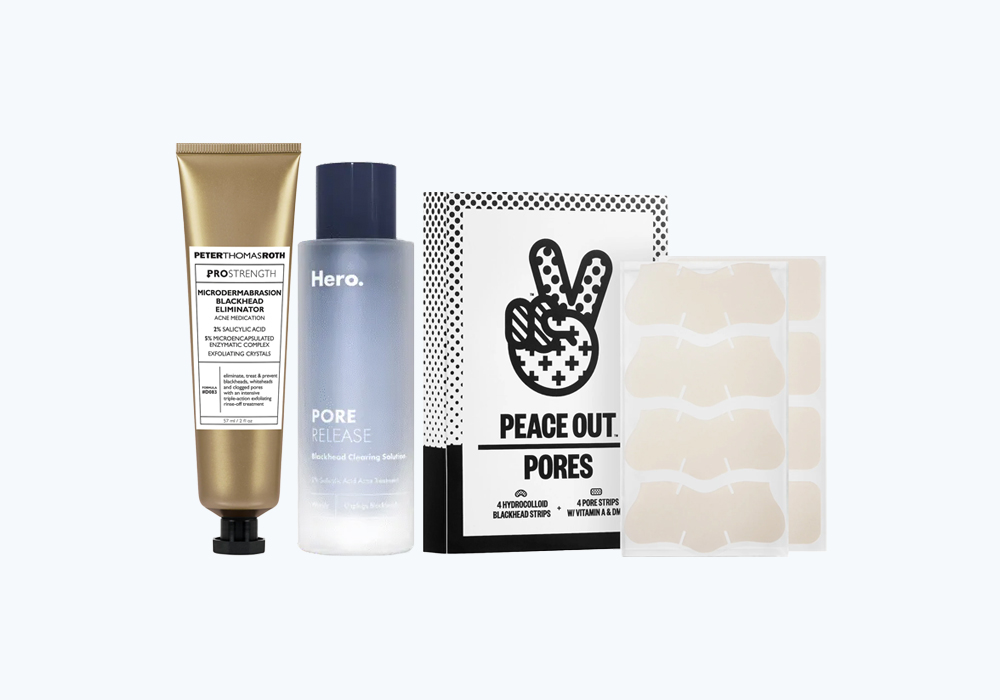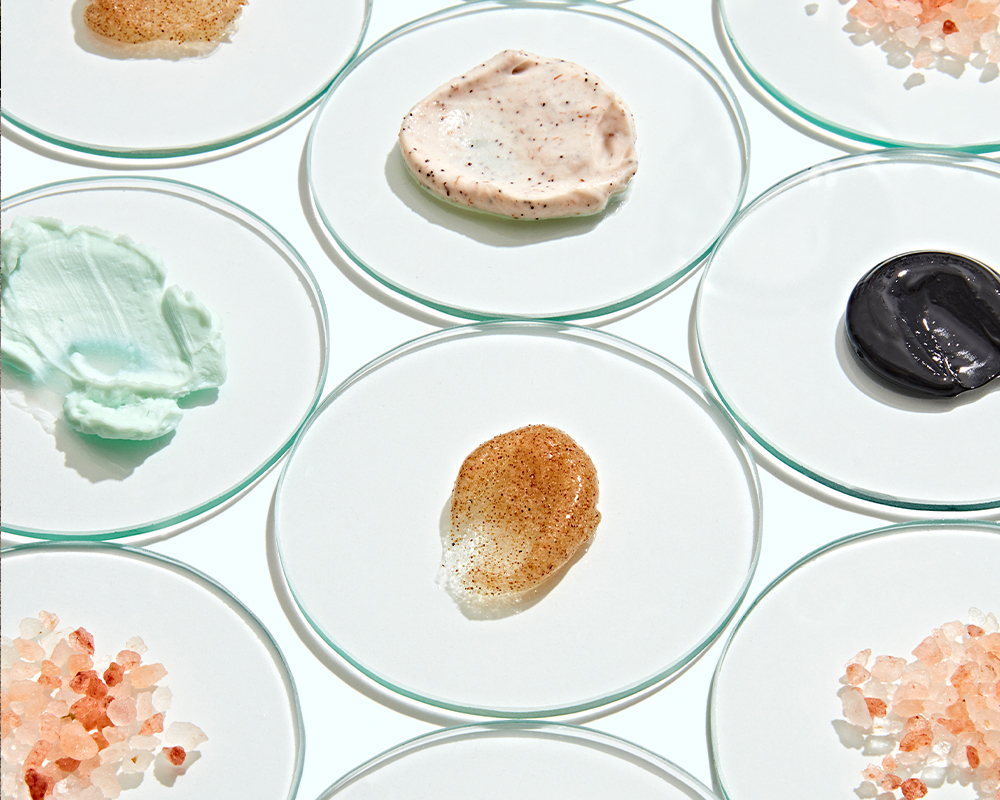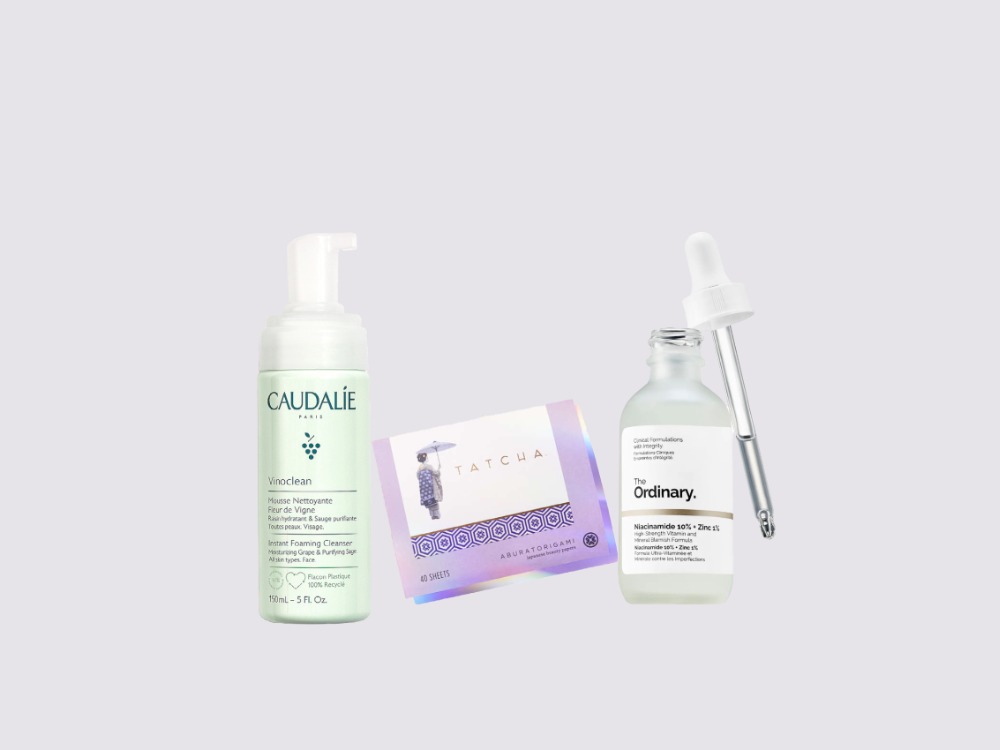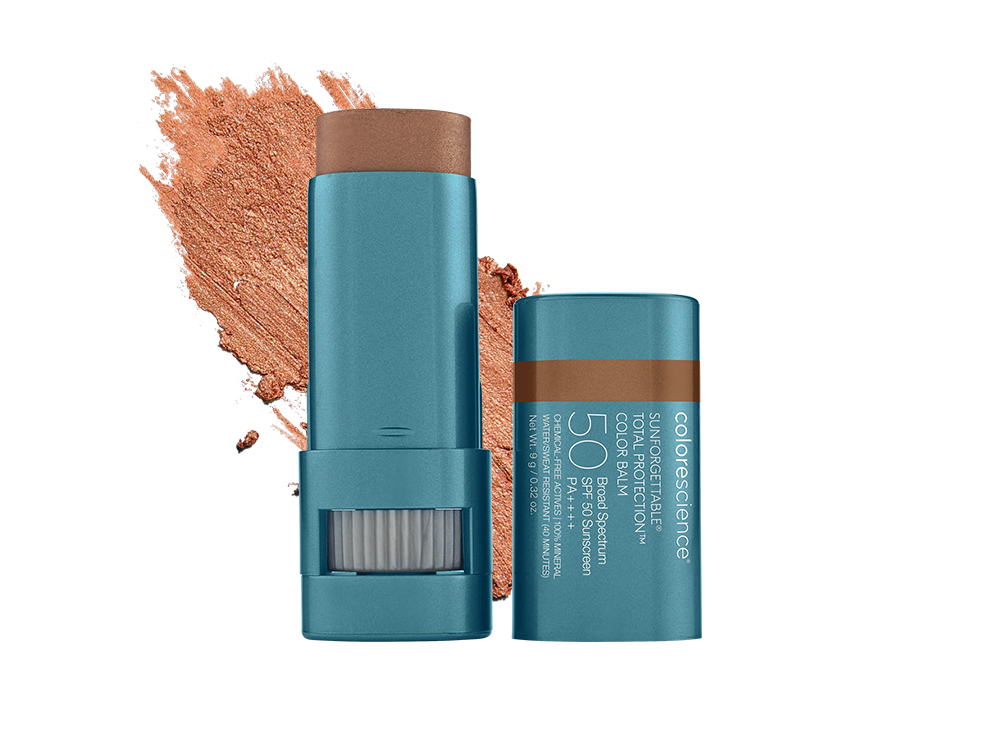Skin-care experts go region-to-region to break down the relationship between climate and skin health.
Los Angeles, CA
The warm summers in Los Angeles make skin sweaty and dry, which can pose a challenge with moisturizing, say cosmetic chemists Victoria Fu and Gloria Lu. “We often see people using water-based hydrators like gels and waters to keep things light, but sometimes we need oil-based ingredients to help retain that hydration within the skin.” Alongside a moisturizer, the duo also recommends a solid lineup of cleanser, SPF and antioxidants. “These are fundamentals for maintaining a healthy skin barrier.”
With an uptick in wildfires popping up around the west coast, Ulli Haslacher, founder of climate-smart skin-care brand Pour Moi, says the smoke is not only effecting people in that area, but around the world, too. “The wildfires in California are so massive that they are pushed into the stratosphere. In the last couple of years, we’ve seen that smoke transfer to everywhere in the United States, even going as far as Europe.” Sure, the smoke effects our air quality, but it also has a major effect on our skin. “Smoke exposure leads to premature aging, damaged skin on the surface, and an inflamed skin barrier—it’s terrible,” Haslacher explains.
To combat this, Pour Moi is launching Smoke Alarm Drops ($45), a use-when-needed smoke protectant that shields skin from harmful fumes, whether they’re coming from a wildfire or your stove fire. “You can mix these in with any moisturizer, any makeup or any sunscreen or you can apply these directly on your skin.”

New Orleans, LA
“The humidity and heat in the south can negatively impact the skin,” says Haslacher. “When your body is warm, your skin releases excess heat from the inside-out and brings water to the surface. However, the skin’s natural cooling process doesn’t work well in high humidity. The heavy air prevents sweat from escaping off the skin, trapping it inside. When your skin finally releases that heat, your natural lipids turn from waxy to oily and, when mixed with trapped sweat, your pores can easily clog, causing overhydration.”
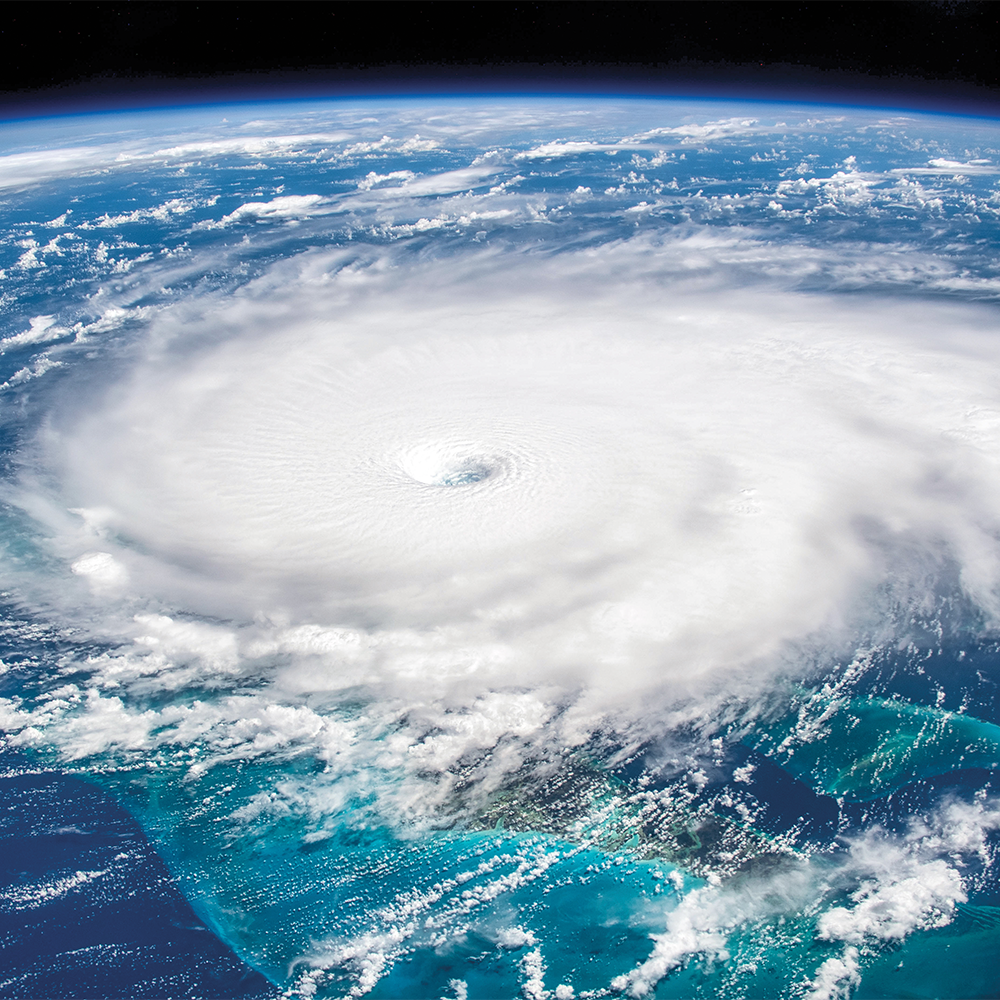
San Francisco, CA
Up north, Fresno, CA dermatologist Kathleen Behr, MD also experiences the hot sun, and she offers multiple ways to help prevent the skin from showing signs of damage. “Sunscreen is top priority,” she says. “Daily application with reapplication every few hours is important to give us the best protection. I recommend applying a mineral sunscreen in the morning and then a powder sunscreen for use throughout the day. We also offer HydraFacials and microneedling to keep the skin glowing.”
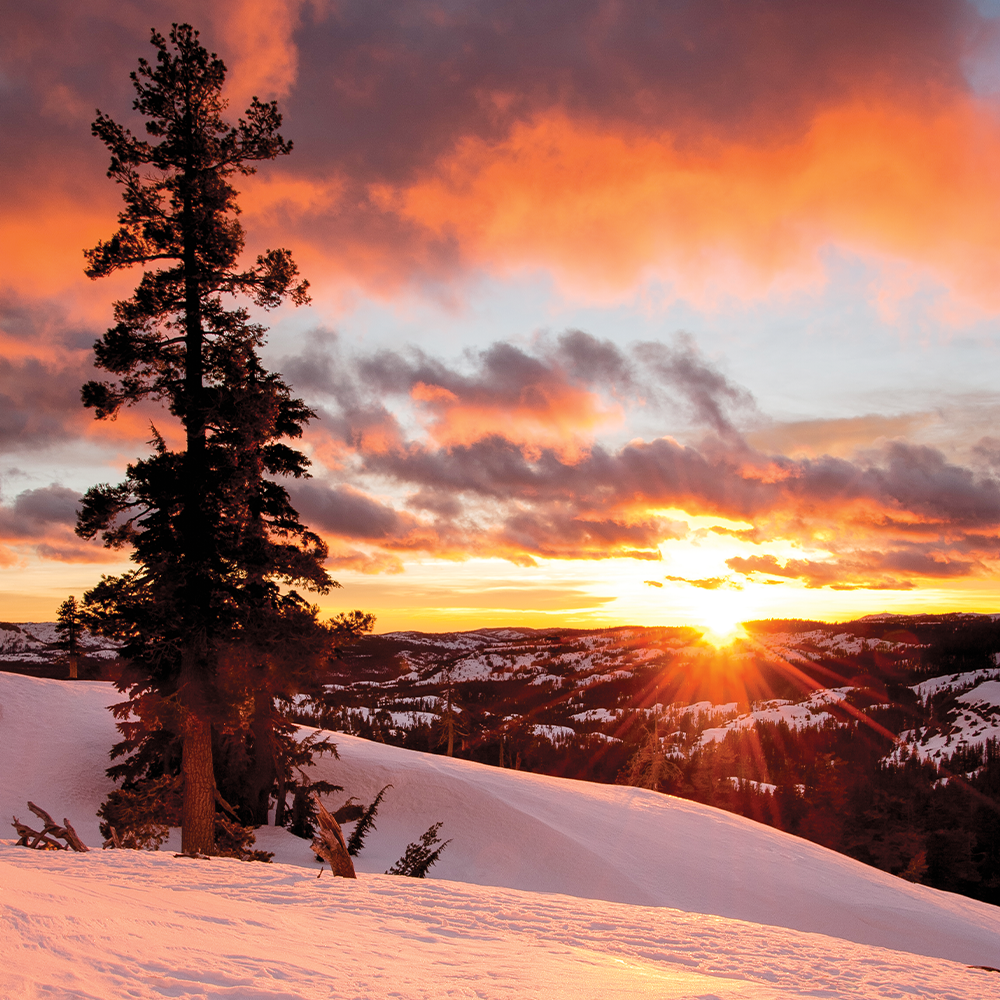
New York, NY
Over on the east coast, Haslacher says the temperatures become colder, which means arid air and icy winds. According to celebrity aesthetician Ildi Pekar, this cold air is the culprit for wintertime redness and dryness. “To combat these symptoms, you must hydrate more,” she says. “This means masking two times per week, incorporating a serum or face oil with hyaluronic acid into your routine, exfoliating your lips, wearing a hydrating eye cream and making sure your hands are staying moisturized and smooth.”

Denver, CO
“The decrease in snowfall and snowpack in Colorado has not only had a significant impact on the skiing and boarding industry, but also our skin,” says Denver dermatologist Joel Cohen, MD. “Less snowpack not only means less drinking water (in Colorado, a large percentage of our water comes from snow), but an increase in forest fires, too. According to United States Geological Survey, another contributor to forest fires are mountain pine beetles, which eat away at the bark and make trees more vulnerable to catching fire. The pollutants from these flames can lead to skin conditions like eczema and atopic dermatitis, which we often treat with ceramides, prescription creams and in-office treatments like lasers.”

Miami, FL
According to Weather Spark, the average temperature in Florida during the summer can get up to 90 degrees. With this high number, West Palm Beach, FL dermatologist Kenneth Beer, MD is seeing more wrinkles and skin cancers in his practice by the day. “The heat leads to more sunburns, which not only make the skin have more cancers, but also result in premature aging. I am advising my patients to use high concentrations of vitamin C and take niacinamide by mouth to keep their skin protected.
